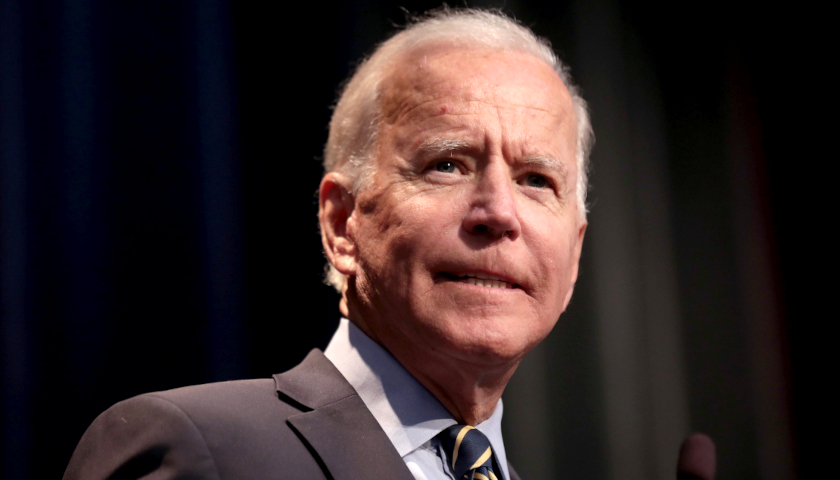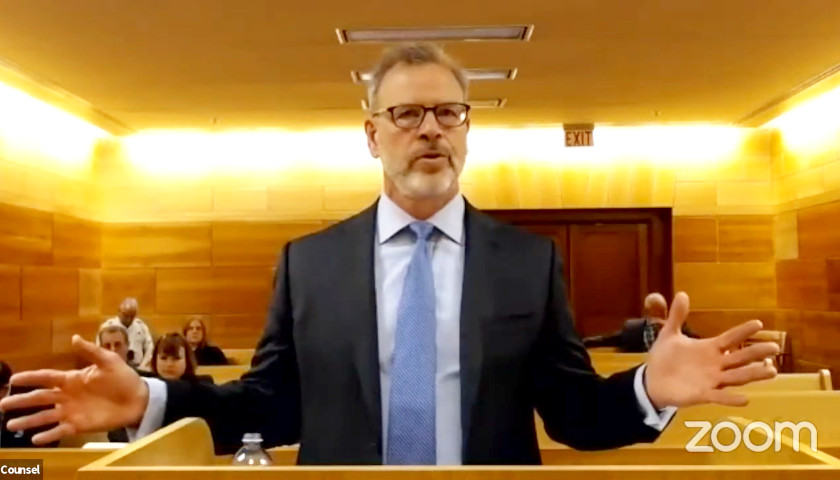by Tom Gantert
The Michigan Department of Education posted a document on its website that encourages people to watch a YouTube video about systemic racism, but it contains inaccurate information about finances in the state’s public school system.
The document was published in July 2020 by an entity called the Governor’s Educator Advisory Council two months after George Floyd was killed in Minnesota by a police officer, and while riots were taking place in many U.S. cities. The document promotes and links to a video titled “Systemic Racism Explained,” telling visitors it “is a good place to start.” But the video suggests that Michigan school districts which service low-income communities get less funding than others. The claim is not accurate; the reverse is true.
The video tells a story of two youths – an African-American child named Jamal and a white child named Kevin – and how their school districts are funded. The fictional students are said to live a few streets from each other.
It states, “Because Jamal’s school district is mostly funded by property taxes, his school is not very well funded. His classrooms are overcrowded. His teachers are underpaid.” About Kevin, the video claims, “His school is very well funded. His classrooms are never crowded. His teachers are very well paid.”
This description repeats incorrect information and false narratives about Michigan public school funding, class sizes and teacher pay that have been long promoted by teachers unions and public school interests. The narrative holds that school districts which serve lower income populations and enroll more African Americans get less funding each year than wealthier communities that are mostly white.
Numbers from the neighboring school districts of Detroit and Grosse Pointe illustrate why this narrative is wrong. At Grosse Pointe schools, 74% of the students are white; in Detroit, whites comprise just 2.5% of the enrollment.
In 2020-21, the Detroit Public Schools Community District had a general operations budget of $18,469 per pupil. In the same year, the figure for Grosse Pointe schools was $14,966, or $3,503 less per pupil. The biggest difference between the two districts is how much federal funding each gets. The Detroit district received $5,394 in federal funds in 2020-21; Grosse Pointe schools got $828 per pupil.
Public schools in Detroit and other low-income communities receive more than the state average in funding from all sources, not less. In 2021, the average Michigan school district received $12,018 per pupil in operations funding. While Detroit received $18,469 per pupil, Flint schools received $26,121. Pontiac schools got $24,261 per pupil, Benton Harbor’s district received $16,937, and Saginaw collected $14,835 for each student.
The funding gap also extends to federal COVID relief for schools. Again, the contrast between the schools in Detroit and Grosse Pointe is a good illustration. Detroit is getting $1.28 billion in federal money, or $26,190 per pupil, while Grosse Pointe will receive $11.4 million, which is $1,714 per pupil.
Unions and public school interests have also claimed that classrooms in Detroit and other lower-income school districts are more crowded than those elsewhere. Michigan Capitol Confidential previously reviewed classroom size data from the Detroit Public Schools Community District, when media outlets were repeating reports of more than 50 students in a classroom.
In 2018, the average class size in Detroit schools was 26.73 students. Just 4% of the district’s 8,701 classrooms had more than 40 students, with almost all of these being gym and team sports classes.
– – –
Tom Gantert is Managing Editor of Michigan Capitol Confidential, a daily news site of the Mackinac Center for Public Policy.








